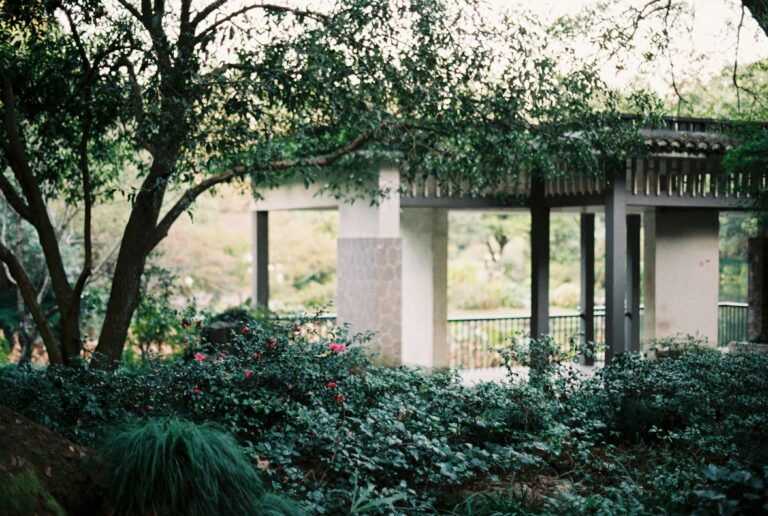Many gardening enthusiasts dream of expansive gardens filled with lush plants, but restricted areas often challenge these ambitions. Whether working with a small balcony or a tiny patch of garden, maximising productivity in confined spaces is entirely feasible and rewarding. Innovative strategies can turn limited areas into thriving green spaces, offering beauty and practicality.
Vertical Gardening: Reaching New Heights
Vertical gardening provides a clever solution when ground space is scarce by utilising walls, fences, and specially designed frames to grow various plants. This method is perfect for herbs, leafy greens, and fruits, transforming even the smallest balcony into a lush, aromatic garden. A vertical herb garden can provide fresh ingredients while adding a vibrant touch to your outdoor area.
Explore options such as wall planters, hanging pots, and trellises to maximise every inch of space. Vertical gardening also reduces pest issues and improves air circulation, crucial for plant health. Start by setting up a vertical garden using shelves or racks, which can be easily found at small greenhouses. If you’re looking for options, there are excellent greenhouses for sale that cater specifically to compact gardening needs.
This approach maximises space and adds an aesthetic element by creating green walls or living screens that can offer privacy and shade. Additionally, vertical gardening requires minimal maintenance, making it an ideal option for those with a busy lifestyle.
Container Gardening: Style and Adaptability
Container gardening offers a flexible and stylish approach to limited space challenges by enabling you to grow plants in pots, planters, and other vessels. This method is ideal for urban environments and appeals to those who enjoy experimenting with different layouts. Containers can be moved easily to maximise sunlight and redesign your outdoor area.
Various sizes, shapes, and materials of containers allow for personalised aesthetics while addressing the specific needs of each plant. For example, tomatoes benefit from deep pots, whereas succulents thrive in shallow, well-drained containers. Container gardening also allows for better soil and moisture management, promoting plant health and productivity.
Furthermore, containers can be chosen to complement your outdoor decor, enhancing the visual appeal of your space. Whether you prefer terracotta’s rustic charm or glazed ceramics’s modern look, the choices are endless. Select the right soil type and integrate plant food to ensure a bountiful harvest.
Succession Planting: Optimising Growth Cycles
Succession planting boosts productivity by staggering plantings throughout the growing season. This method ensures continuous harvests and efficient space use. After harvesting early-spring crops like radishes or lettuce, replace them with summer vegetables such as beans or peppers for ongoing yields.
While it requires some planning, succession planting offers substantial rewards in terms of yield. Create a planting calendar and select plant varieties with varying maturation times. This approach enhances garden diversity, maintains soil fertility, and mitigates pest issues through crop rotation.
By employing succession planting, you optimise your harvest and make gardening an engaging year-round activity. It encourages gardeners to learn more about plant lifecycles and seasonal requirements, fostering a deeper connection with nature.
Multi-Purpose Structures: Beyond Traditional Greenhouses
Incorporating multi-purpose structures like small greenhouses or cold frames can significantly extend your growing season and allow for diverse plant growth in limited spaces. These structures provide a controlled environment that shields plants from adverse weather and pests. A compact greenhouse is useful for starting seedlings early or nurturing heat-loving plants.
Greenhouses can serve as attractive garden features or storage for gardening tools. When choosing a greenhouse, consider size, material, and ventilation to match your gardening practises and available space.
The versatility of these structures also allows them to act as conservatories where you can enjoy your plants year-round. They are excellent for experimenting with growing exotic or off-season plants, adding a unique touch to your gardening efforts.
